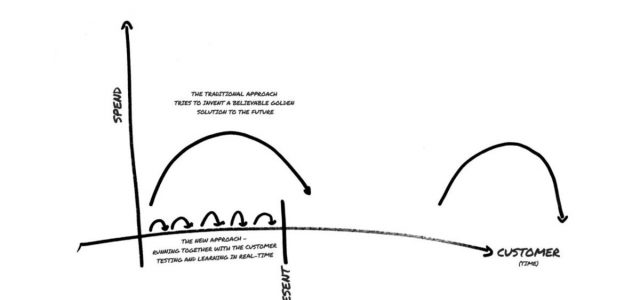Google Dorking is the new powerful hacker’s aid seen in the latest cyber attacks this year. This technique can be used to identify vulnerable systems and trace them to a specific place on the Internet. In October 2013, according to security researchers, unidentified attackers used Google dorking to find websites running vulnerable versions of a proprietary Internet message board software. After searching for vulnerable software identifiers, the attackers compromised 35,000 websites and were able to create new administrator accounts.
In August 2011, unidentified actors used Google dorking to locate a vulnerable File Transfer Protocol server at an identified US university, and compromised the personally identifiable information of approximately 43,000 faculty, staff, students, and alumni, according to an information technology security firm.
A suspected Iranian hacker used the Google Dorking Technique to access the computer system that controlled a water dam in New York in 2013. This attack on the dam gave the hacker info about water levels and the dam’s sluice gate, which could have allowed the attacker to open the gate and flood part of the city. But the hacker could not succeed in his attack because the sluice gate was offline for maintenance purposes during the hack attempt so the city got saved. Or else just imagine the havoc it could have cretaed 🙁 .
How did the attacker get access to this dam’s IT System?
He Googled it, according to The Wall Street Journal.
Google Dorking, isn’t as simple as performing a traditional online search. It uses advanced operators in the Google search engine to locate specific information (e.g., version, file name) within search results. Meanwhile, anyone with a computer and Internet access can easily learn about advanced operators on Wikipedia or via other public sources.
How to protect your organization from Google Dorking Attacks
- Minimize putting sensitive information on the web. If you must put sensitive information on the web, ensure that it is password protected and encrypted.
- Use tools such as the Google Hacking Database to run pre made dork queries to find discoverable proprietary information and website vulnerabilities.
- Ensure your sensitive websites are not indexed in search engines. GoogleUSPER provides webmaster tools to remove entire sites, individual URLs, cached copies, and directories from Google’s index. These can be found at:https://www.google.com/webmasters/tools/ home?hl=en.
- Use the robots.txt file to prevent search engines from indexing individual sites, and place it in the top-level directory of the web server.
- Test your website using a web vulnerability scanner
Article by channel:
Everything you need to know about Digital Transformation
The best articles, news and events direct to your inbox
Read more articles tagged: Cyber Security, Featured






